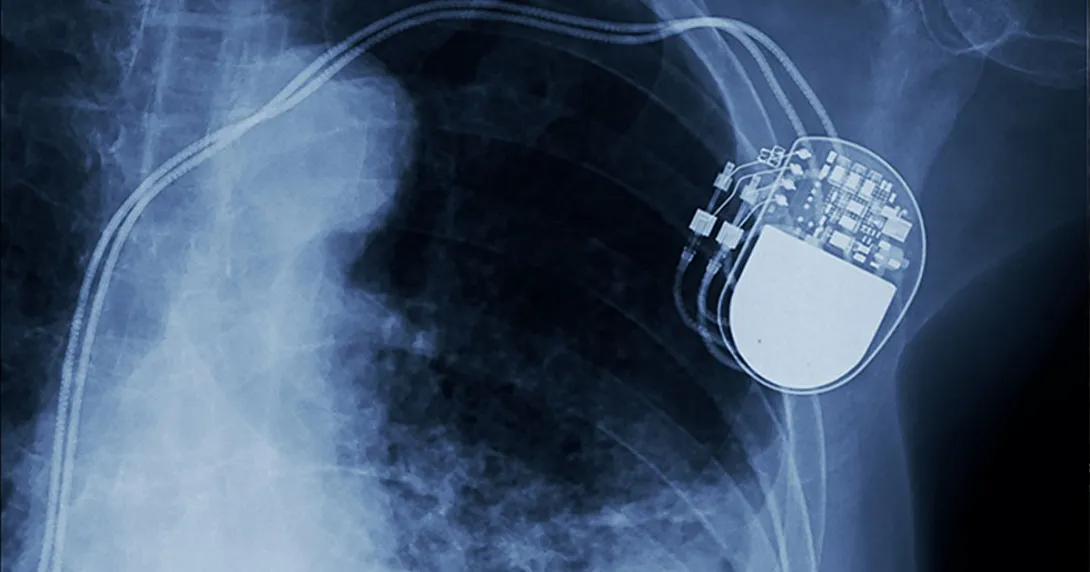As hospital systems and other healthcare providers with complex organizations – struggle to prepare for health reform and advances in health IT, a simple procedural approach will help. This approach is grounded in the realities of providers’ fragmented mechanisms for making decisions and collecting, manipulating, retrieving and using data. There is widespread agreement today that health IT will remedy major deficits in the efficiency of healthcare delivery. Office of Management and Budget director Peter Orszag, for example, argues that health IT is the first step in the move toward higher quality and lower costs in care. One obvious shortcoming is the lack of interoperability between the IT systems of different providers (and payers).
But, much of the inefficiency results from the technical and organizational isolation of healthcare units within large provider organizations. As a consultant on the ground, I’ve observed costly and confusing redundancies, huge gaps in transparency, mountains of waste, and innumerable lost opportunities for using data to improve healthcare efficiency and quality within single provider organizations. This is a legacy problem that is not easily overcome.
Ideally, however, a healthcare provider in control of its operations would be able to bundle data from its medical, technical and administrative healthcare units. It would be able to govern the transition to a new IT environment across its constituent units, even if they are semi-autonomous or far-flung, and it would have a sufficient database to make prudent management decisions.
Currently, that is rarely possible. IT mechanisms developed for medical use tend to follow a common pattern: Physicians align their data environment with the natural flow of their work. Each specialty unit defines its own needs and installs its own special technical and organizational infrastructure, which is rarely compatible with other data infrastructures within the organization. These processes reinforce silo governance and impede enterprise-wide initiatives.
When the inevitable changes to the organization’s data systems are needed – as may be required by health reform – the parent organization, acting with input from the chief information officer and perhaps a few other central managers, typically buys consulting services for strategy development and implementation. The consulting firm offers several standard (and not inexpensive) solutions.
These strategies first must address the problem that, due to silo governance, there is no dedicated process in place to retrieve data from the units about their infrastructure, processes and workflows. Vendors and consulting firms then come forward to offer data discovery services in order to carry out the project and attempt to bridge the missing pieces. To accomplish this, the central administration requests that each unit grant unimpeded access to its own data pool and provide documentation of its processes.
What then? Units frequently stonewall or at least drag their feet on the request, because they were not involved in planning for the change at an early enough stage and are unsure, or suspicious, about the outcome or ultimate purpose of the change project.
To mitigate that risk, organizations should create, in a timely manner, an expert steering committee staffed with unit representatives. These representatives provide a guarantee for the units, as well as central management, that their interests, concerns, limits and goals will be appropriately considered and reconciled in the new environment.
The representatives must be carefully chosen. They must understand the degree to which their individual
unit’s processes are flexible and can be modified to achieve efficiency on the enterprise level. They must adequately incorporate the views of physicians, clerical staff and enterprise IT architects. They must possess sufficient knowledge of medical, technical and organizational subjects.
The approach of a broadly representative, comprehensively knowledgeable, and fully empowered steering committee can guide a provider organization’s transition to a badly needed, fully responsive new IT environment. This requires that central management give up some authority. In return, the organization can move forward more quickly in meeting the evolving demands for data to manage today’s complex healthcare organizations.
- Joerg Heintz
Joerg Heintz recently served as an IT consultant to hospital systems while in the United States, on leave from his permanent position with IBM in Germany as a data security manager. On June 24 he will return to Germany and his permanent position.


